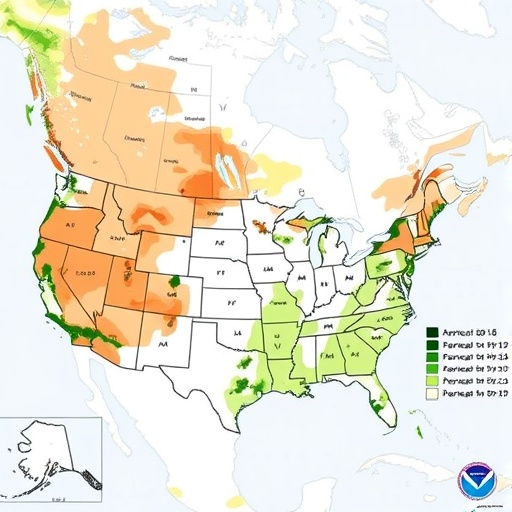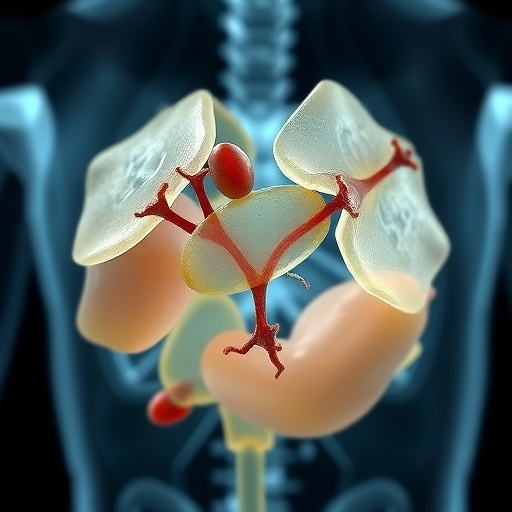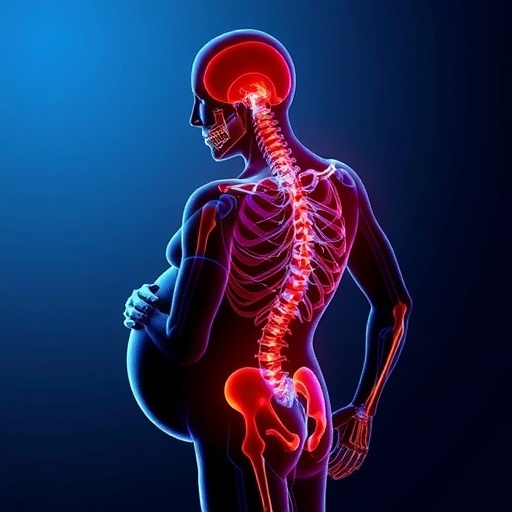From 2022 through mid-2025, the United States has witnessed an unprecedented culling of over 160 million domestic birds due to the alarming spread of H5N1 avian influenza, resulting in agricultural losses estimated between $2.5 and $3 billion. This massive epizootic underscores the critical need to understand the patterns and dynamics of viral transmission between wild and domestic avian populations. What has remained unclear until recently is the relative contribution of repeated viral introductions from wild birds versus transmission between domestic premises themselves. Determining this balance is essential for designing effective biosecurity measures to curb future outbreaks.
One of the primary analytical hurdles has been the uneven sampling between wild and domestic birds. While domestic birds constitute 23.2% of all viral genetic sequences analyzed, they represent only 11% of actual viral detections. Conversely, wild birds, though more frequently detected as virus carriers, are likely under-represented in sequence data due to technical difficulties in sampling. Moreover, a detection in wild birds typically indicates a single infected individual, whereas a domestic detection often corresponds to an entire infected farm with an indeterminate number of birds. Therefore, interpreting transmission patterns from sequence data requires innovative methodological approaches that account for these disparities.
Researchers have deployed a titration analysis framework to address these challenges and better discern transmission dynamics between wild and domestic bird populations. They began by constructing a dataset balanced with equal numbers of wild and domestic bird sequences to ensure that the phylogenetic inferences were driven by true genetic data rather than skewed sampling. Successive datasets were then generated by incrementally increasing the proportion of wild bird sequences, eventually approximating the real-world ratio of one domestic bird sequence to three wild bird sequences. This approach allowed for a comparative assessment across five datasets, ranging from equal ratios to those reflecting natural detection frequencies, enabling more robust inference on transmission directionality and epidemiological sources.
Phylogenetic analysis revealed that when domestic and wild sequences were equally represented, wild birds emerged as the dominant source of infections. The ancestral state reconstruction pointed to a high likelihood that the viral root originated within wild birds—with posterior probability peaking at 0.895 compared to 0.482 in randomized control datasets. This aligns with the observed higher genetic diversity among wild bird sequences, suggesting that wild bird populations serve as a large, reservoir source of the virus. Domestic bird sequences, on the other hand, formed tight, highly clustered clades indicative of localized spread within agricultural facilities, but these domestic clusters diminished as more wild bird sequences were incorporated, showing more interspersed mixing.
As additional wild bird sequences were introduced into the phylogenetic reconstructions, the clusters of domestic birds fragmented, intertwining with wild bird sequences. This fragmentation corresponded to an increase in inferred viral transmission from wild to domestic birds and a reduction in domestic to wild transmission events. Notably, the number of inferred transitions stabilized around the ratio of 1:2.5 to 1:3, with no significant changes observed beyond those points. This pattern suggests sufficient sampling depth to reliably infer transmission paths within these datasets, with the final balanced dataset indicating 106 introductions into domestic birds versus just four transmissions back into wild birds.
The temporal persistence of viral lineages also exhibited clear differences across host populations. Domestic bird lineages were estimated to persist for an average of 4.5 months, with a 95% high posterior density interval ranging roughly between 2.7 and 5.6 months. In stark contrast, lineages circulating in wild bird populations persisted for over twice as long, averaging around 10 months with intervals from 5.7 to 14 months. This longevity in wild birds highlights their critical role as maintenance hosts, continually seeding infection events that spark outbreaks within domestic premises.
Commercial turkey operations have borne a disproportionate burden during this epizootic, accounting for over 53% of detections within commercial farms. To assess potential biases from excluding turkey sequences in initial analyses, researchers reassigned turkey sequences not identified explicitly as wild turkeys into the domestic category and reanalyzed transmission patterns. Results affirmed that the inclusion of turkey sequences did not significantly alter the inferred rates and directions of viral transmission between wild and domestic hosts. The minimal number of transmissions from domestic back to wild birds remained constant at four, regardless of turkey data inclusion.
Intriguingly, when datasets were formed with equal proportions of turkey and other domestic bird sequences, frequent transmission events were evidenced between turkey populations and other domestic avian groups. Inferred data suggest approximately 42 introductions from wild birds into turkeys and around 38 subsequent transmissions from turkeys to other domestic birds, alongside 18 events in the reverse direction. These findings point to a potentially pivotal epidemiological role for turkeys in the amplification and bridging of H5N1 transmission amongst poultry sectors, effectively acting as a conduit linking wild avian reservoirs with broader domestic ecosystems.
Overall, the gathered data lead to several important insights. Foremost, wild birds act as the principal reservoir and source of H5N1 infection into domestic populations, regardless of sampling proportions or inclusion of turkey data. The outbreaks in agricultural birds are fueled not by a few isolated spillover events, but by repeated and independent introductions from infected wild populations. Though domestic transmission occurs and prolongs outbreak duration within farms, the directionality remains predominantly from wild hosts into agriculture.
When detection frequencies are closely mirrored (approximately 1 domestic to 3 wild sequences), inferred introductions into domestic flocks increase significantly, suggesting ongoing, dynamic spillover rather than stagnated outbreaks sustained only by domestic-to-domestic transmission. Despite the relatively short persistence of lineages in domestic birds, at 4 to 6 months, the sheer number of introductions underscores a continuous viral pressure exerted by wild populations. This stands in marked contrast to prior epizootics like that of 2014-2015, which were characterized by fewer introductions but rapid horizontal spread within commercial operations.
The evolving epidemiology thus calls for a reassessment of current biosecurity protocols, surveillance strategies, and outbreak response measures. Traditional efforts primarily aimed at controlling farm-to-farm transmission may be inadequate without addressing the persistent incursion risk posed by wild birds. Effective control now demands integrated approaches that encompass wild avian ecology, habitat interface management, and improved detection capacity in wild populations.
Crucially, this work also highlights the power of genomic epidemiology combined with carefully controlled subsampling strategies to untangle complex transmission networks in zoonotic disease systems. By adjusting for sampling biases and leveraging high-resolution phylogenetics, researchers have illuminated the multi-layered ecology that underpins the North American H5N1 epizootic, paving the way for data-driven interventions that can mitigate impact both economically and environmentally.
As the global context of avian influenza evolves, these insights reinforce that managing zoonoses requires a holistic understanding of wildlife reservoirs and their interface with human agriculture. The North American experience, marked by a prolonged wild bird reservoir and repeated transmissions into domestic settings, serves as a cautionary example of how epizootics can shift dynamics over time, urging sustained vigilance and adaptive policy frameworks.
Subject of Research: Ecology and transmission dynamics of the North American H5N1 avian influenza epizootic, focusing on wild and domestic birds.
Article Title: Ecology and spread of the North American H5N1 epizootic.
Article References:
Damodaran, L., Jaeger, A.S. & Moncla, L.H. Ecology and spread of the North American H5N1 epizootic. Nature (2025). https://doi.org/10.1038/s41586-025-09737-x
Image Credits: AI Generated
DOI: https://doi.org/10.1038/s41586-025-09737-x
Tags: agricultural impact of bird flubiosecurity measures for avian influenzadomestic versus wild bird infectionsepizootic patterns in North Americagenetic sequence analysis in wildlifeH5N1 avian influenza outbreakNorth American bird culling statisticspublic health implications of avian influenzasampling challenges in viral studiesunderstanding bird flu epidemiologyviral transmission dynamics in birdswildlife and domestic bird interactions





